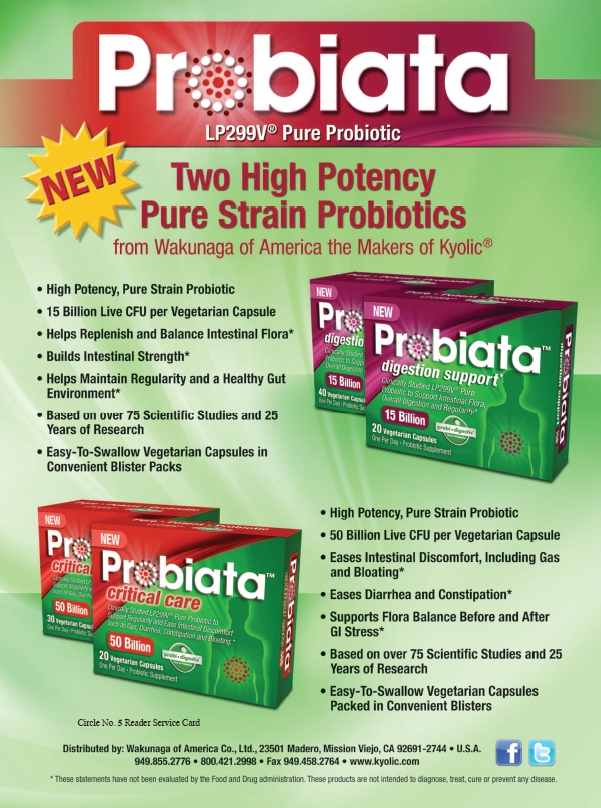The thing I hate most about visiting the doctor is being reduced to a number. In the race to get to the next patient, far too many physicians scan the “high” or “low” column of a lab report, not even caring to look at the numbers within the range or consider other factors that affect a patient’s health. Instead, they swiftly move to the prescription pad faster than you can say, “Take two, and call me in the morning.”
To my mind, one of the most egregious examples of this “efficiency” is how quick physicians are to write scripts for statins, be they for children or even individuals who are a couple points over “normal”—a range that has shifted more than once over the years.
Oddly enough, the American Heart Association (AHA) and the American College of Cardiology (ACC) may now agree with me about the over-reliance on a single number. And yet, I still feel like the big wigs of the heart health world are setting up Americans to be income for statin makers.
The Guidelines
As of a few months ago, a total cholesterol reading of 200 mg/dL or more could have made some people go running to the pharmacy for a statin. Today, things are different. The AHA and the ACC no longer want individuals to shoot for a specific cholesterol number. Rather, the decision to medicate with a statin should be based on several risk factors for heart attack or stroke.
Finally!, I thought, when I first read this news. The medical community is acknowledging that the cholesterol–heart attack link is tenuous at best. Maybe, just maybe, they’re coming around to the fact that statins come with lots of problems for patients, and lifestyle/nutrition choices are far better at preventative care.
But alas, my enthusiasm was short-lived. I quickly learned there’s much more to the cholesterol recommendations.
 Now, patients and physicians are encouraged to use a special calculator to determine the need for statins. If you aren’t on statins, but have at least a 7.5% chance of having a stroke in the next decade, your doctor will probably ask you to go on statins. No surprise; estimates say that this method will increase the pool of statins candidates upward by several million. Doctors already write about 200 million statins prescriptions every year in the United States, according to StatinUsage.com.
Now, patients and physicians are encouraged to use a special calculator to determine the need for statins. If you aren’t on statins, but have at least a 7.5% chance of having a stroke in the next decade, your doctor will probably ask you to go on statins. No surprise; estimates say that this method will increase the pool of statins candidates upward by several million. Doctors already write about 200 million statins prescriptions every year in the United States, according to StatinUsage.com.
Here’s the quote of the day, courtesy of Donald Lloyd-Jones, M.D., on AHA’s Web site: “We’ve been undertreating people who need statin therapy in this country,” he said.
He’s one of 20 experts that wrote the new guideline. Can you tell?
The Same Old Story
The WholeFoods editors played around with the calculator for a while. We experimented with all kinds of different ways to move the needle in and out of the statins category. Clearly, certain factors make you a shoe-in for drugs (like being an older African American), no matter whether other variables are in your favor.
The frustrating thing to me isn’t how difficult the spreadsheet is to use. Or how unclear the results are to interpret. Or even the lack of clarity about how variables are weighted against each other. It’s what the AHA and ACC left off of the calculator in their clear attempts to stop “undertreating” Americans with statins.
If the goal is to pay attention to one’s 10-year risk for stroke and heart disease, wouldn’t you think some questions about exercise, diet and supplements would be valuable contributors? These aren’t theoretical factors; they’re proven ways to maintain heart health. Sure, the factors highlighted in the new  calculator are important. But I think it’s a disservice to consider one’s smoking habits as the only lifestyle choice that matters for one’s heart health.
calculator are important. But I think it’s a disservice to consider one’s smoking habits as the only lifestyle choice that matters for one’s heart health.
The AHA and ACC had a shot at improving the process of analyzing and improving cardiovascular health. Too bad their narrow view of what constitutes “effective” heart health therapies—namely drugs—got in the way. WF
Kaylynn Chiarello-Ebner
Editor/Associate Publisher
Published in WholeFoods Magazine, January 2014










